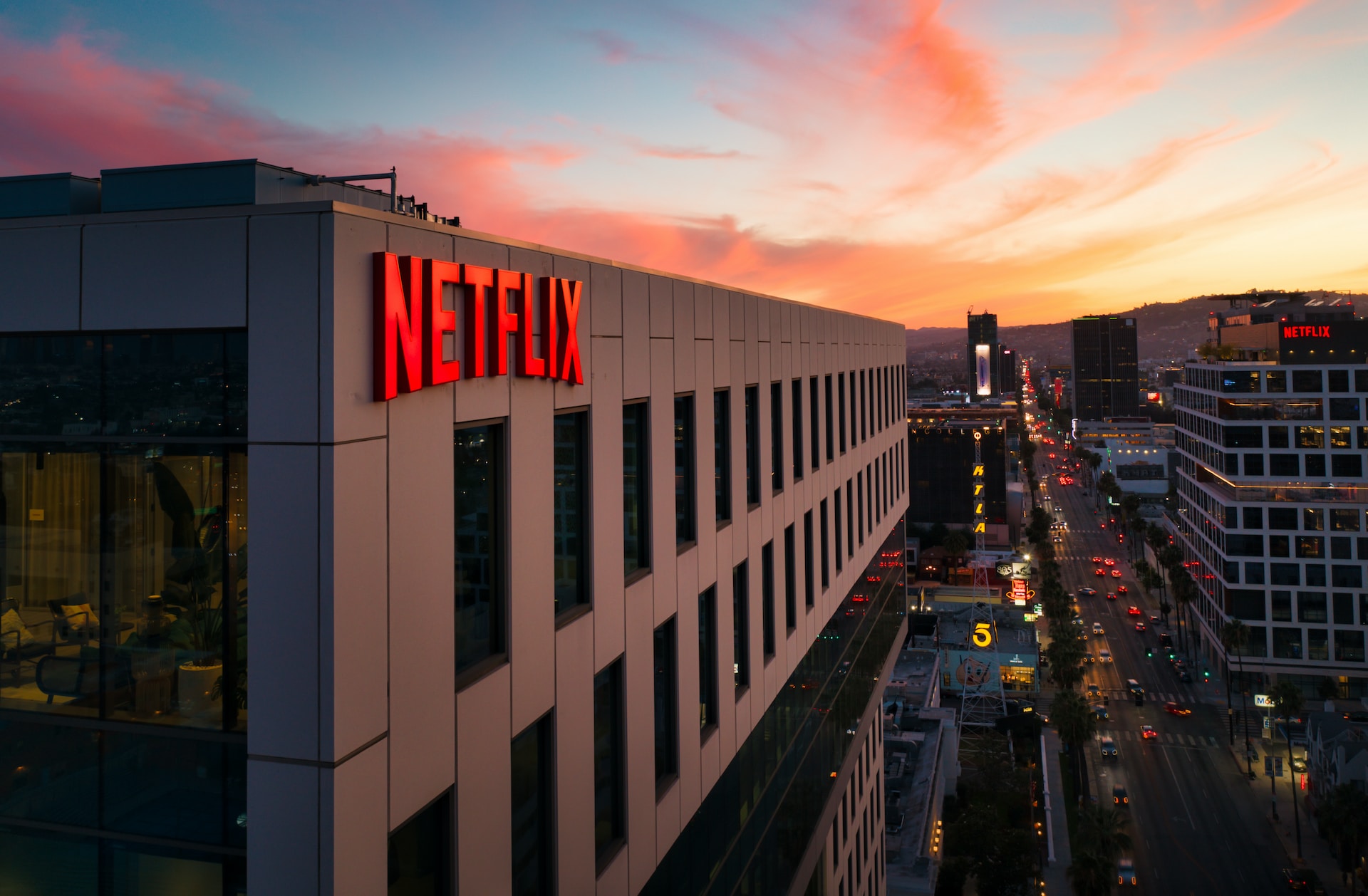In a bold move to expand its subscriber base and cater to cost-conscious viewers, Netflix’s introduction of an ad-supported subscription plan has proven to be a resounding success, attracting an impressive five million subscribers. This milestone highlights the streaming giant’s ability to adapt to evolving consumer demands while presenting new opportunities and challenges for the streaming landscape. This article will explore the details of Netflix’s ad-supported plan, examine the factors behind its popularity, and discuss the implications of this milestone for the industry.
The introduction of an ad-supported plan marks a significant departure for Netflix, which has long been synonymous with its ad-free streaming experience. However, as competition in the streaming market intensifies and viewers become increasingly price-conscious, Netflix has recognized the need to offer a more affordable alternative. The ad-supported plan presents an opportunity to tap into a previously untapped segment of the market while diversifying revenue streams.
At the core of the ad-supported plan’s success is its reduced subscription cost, making Netflix more accessible to a wider range of viewers. By offering a lower-priced option, Netflix has attracted price-sensitive individuals who were hesitant to commit to the full-priced subscription. This strategic move aligns with Netflix’s goal of expanding its subscriber base and strengthening its market position.
To ensure a seamless transition for users, Netflix has carefully integrated ads into the viewing experience. The ads appear in between episodes or during natural breaks, minimizing disruption and maintaining the flow of content. By striking a balance between advertising and user satisfaction, Netflix aims to provide an ad-supported experience that enhances the overall viewing pleasure.
The popularity of Netflix’s ad-supported plan can be attributed to several factors. Firstly, the affordability factor has resonated with viewers who are seeking budget-friendly entertainment options. The reduced subscription price has opened the doors for individuals who were previously hesitant to subscribe or were exploring alternative streaming services. This lower entry barrier has undoubtedly contributed to the surge in new subscribers.
Additionally, the integration of ads provides an avenue for Netflix to generate additional revenue. By partnering with advertisers, Netflix taps into the potential of reaching its vast subscriber base and offers brands a platform to connect with highly engaged viewers. This mutually beneficial relationship not only strengthens Netflix’s financial position but also solidifies its standing as a leader in the streaming industry.
However, the introduction of ads also poses challenges for Netflix. The company must strike a delicate balance between generating ad revenue and maintaining a positive user experience. Ads must be relevant, non-intrusive, and seamlessly integrated to avoid alienating subscribers. Any misstep in this delicate balancing act could lead to user backlash and potential churn. Netflix’s ability to navigate these challenges will be crucial to the long-term success of its ad-supported plan.
Netflix’s achievement of five million subscribers for its ad-supported plan sends ripples throughout the streaming industry. This success could prompt other streaming platforms to explore similar ad-supported models as they seek to cater to cost-conscious viewers and remain competitive. The shift toward ad-supported streaming could reshape the industry and impact traditional advertising channels as brands recognize the value of reaching consumers through streaming platforms.
In conclusion, Netflix’s venture into the realm of ad-supported subscriptions has reached a significant milestone with five million subscribers embracing the new offering. The ad-supported plan’s affordability and strategic integration of ads have played a crucial role in its success. As the streaming landscape continues to evolve, Netflix’s achievement serves as a testament to its ability to adapt and meet the changing demands of viewers.




